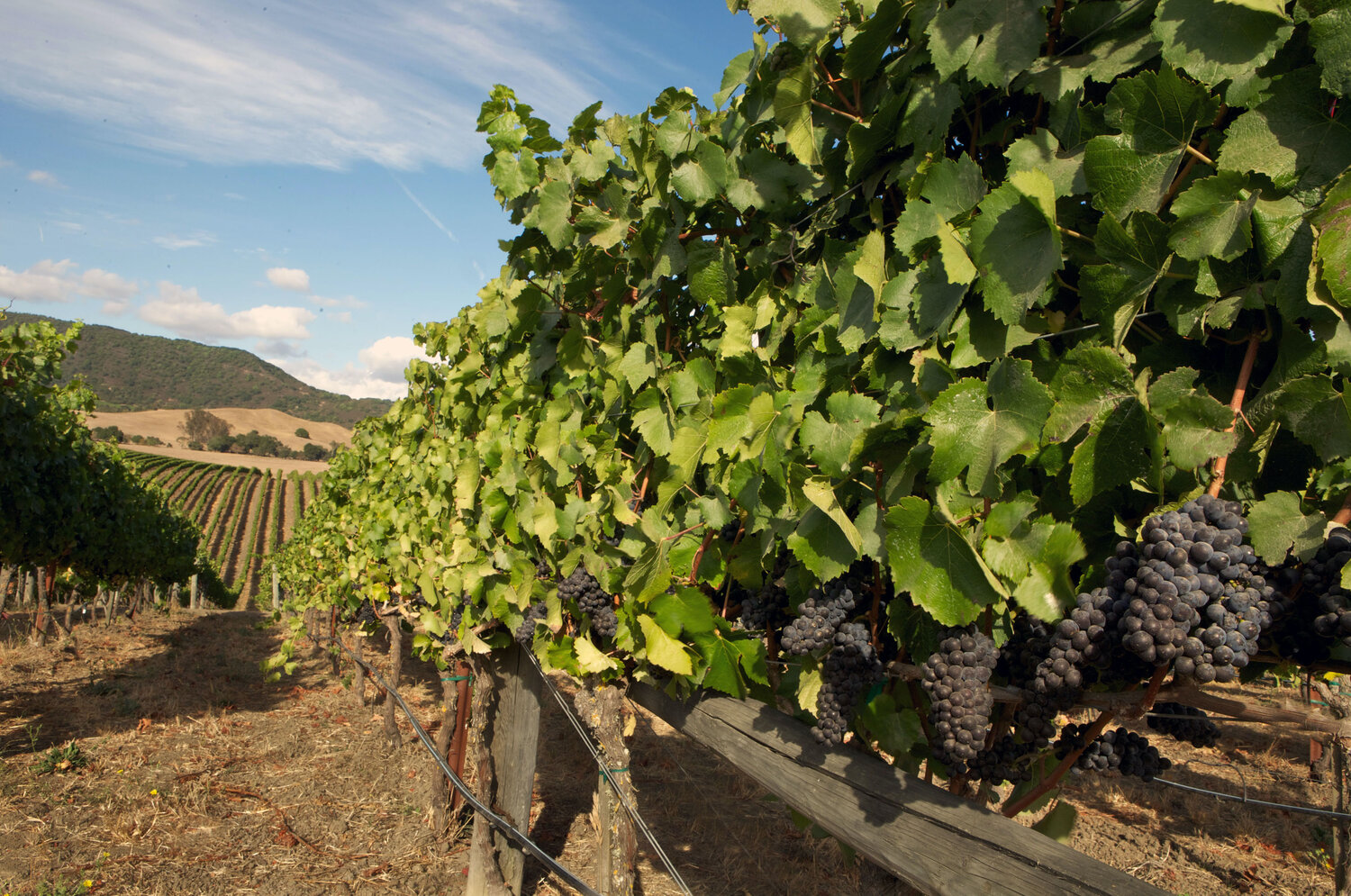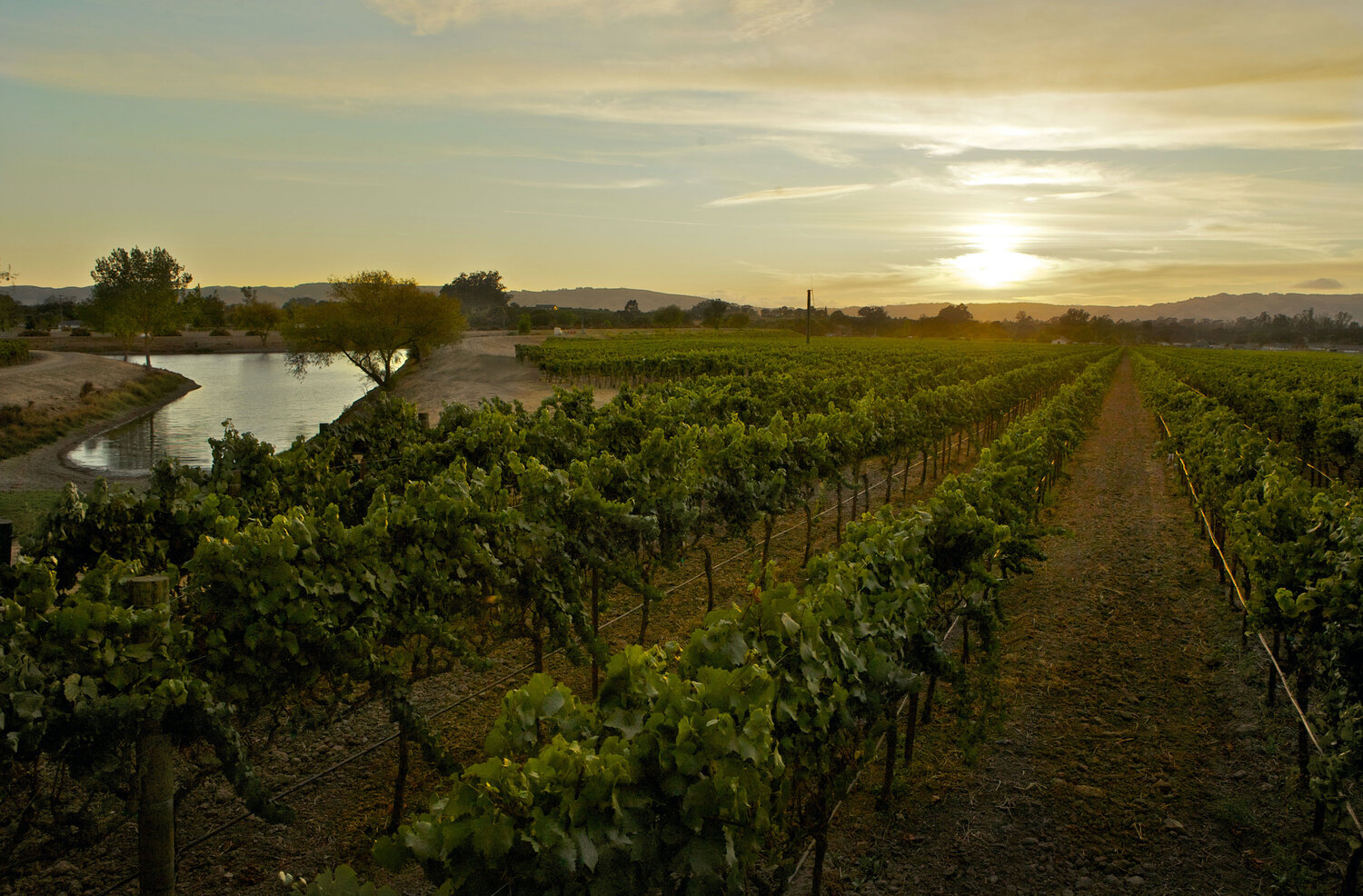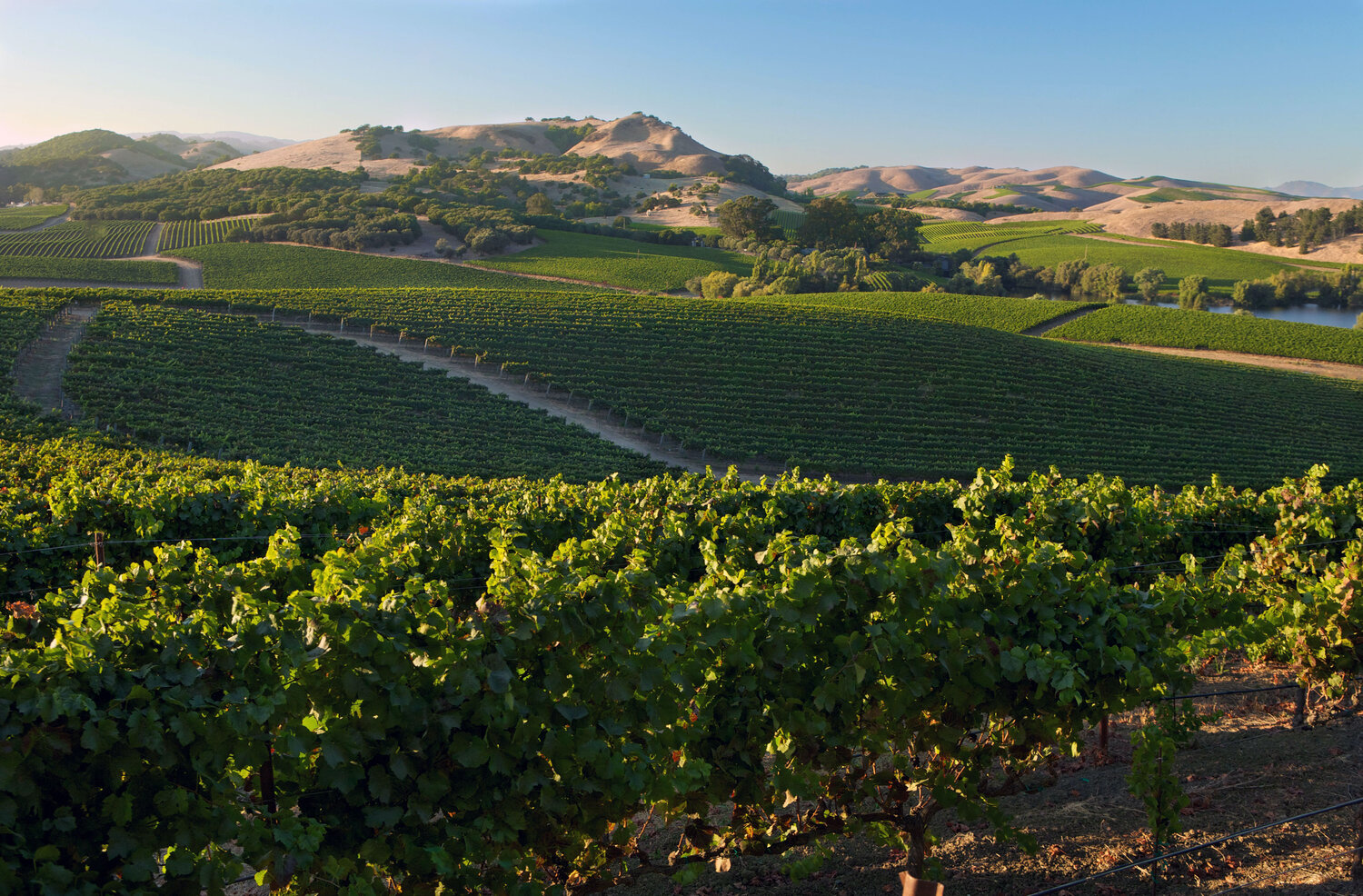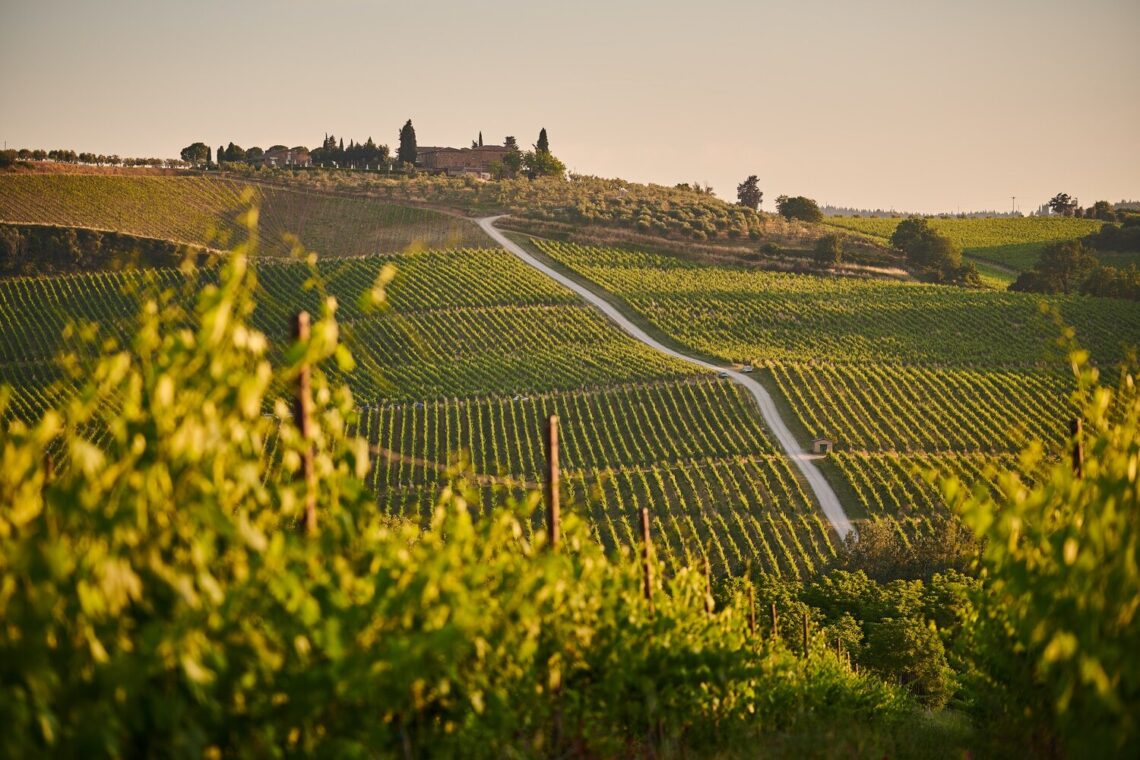The Wolf Post offers a professional service with free access, without subscription.
For this reason, a donation would also be a sign of appreciation for our work.
Founded in 1983, Carneros AVA takes its name from the many sheep that once dotted the hills of Sonoma and Napa counties, an area tied to the Mexican jurisdiction that originally settled the lands in the area there.
The Carneros Wine Alliance, founded in 1985, aims to promote not only the wines produced but an entire region whose history dates back to the 1800s.
In an effort to secularize the many California missions in the area and colonize the land, Los Carneros was granted land to Mexican immigrants by military commander Mariano Guadalupe Vallejo in the very early 1800s.
The first settlers, American, German, French and Irish beginning in the 1840s, were not slow in arriving, attracted by the fertile lands and mild climate of Sonoma. Throughout the 1850s and 1860s, a stagecoach passed through Carneros daily on its way from Sacramento to Petaluma. As the population diversified, discontent with the Mexican government grew. In 1846, a group of American frontiersmen overthrew Vallejo’s forces in the famous Bear Flag Rebellion. For a month, California existed as a republic until it was annexed by the United States.

©CARNEROS AVA- CARNEROS WINE ALLIANCE
A generous region where farmers have always raised sheep, cattle and cultivated wine grapes as well as pears, plums, apples and apricots. Such was the region’s prosperity that railroad stations were soon built to transport the vast quantities of fruit, milk, grain, cattle, and hay to San Francisco markets.
In 1870, the first winery was born at Carneros Winter Winery. The wine industry prospered throughout the nineteenth century, stopped for a few years by phylloxera and prohibition.
In 1935, following the repeal of Prohibition, John Garetto established the first post-Prohibition winery in Carneros (the current site of Bouchaine Vineyards). Shortly thereafter, Andre Tchelistcheff and Louis M. Martini pioneered the renaissance of Carneros, establishing it as a cool climate wine region.
The 1960s marked an encouraging recovery which turned into a real boom between the 1970s and 1980s.
Receiving AVA status in 1983, Carneros was the first California wine region to be defined by its climatic characteristics rather than political boundaries.
Today, thanks to its cool to moderate climatic variations, the Carneros AVA offers some of the most versatile wines in the valley, from sparkling sparkling wine to bold merlot.
Its proximity to the bay of San Pablo causes a temperature range thanks to which it is possible to produce both sparkling and balanced wines, as well as rich and earthy Merlot and Pinot. Many vineyards have been planted with so-called “California clones” such as Martini, Swan and old Wente. Syrah is an exciting newcomer, alongside Rhône regional white varietals such as Roussanne and Marsanne.

©CARNEROS AVA- CARNEROS WINE ALLIANCE
The afternoon breezes from the bay are cool and often quite strong. Carneros is not a rainy region.
The soils of Carneros AVA are mainly clayey. There is variation in soil from place to place within the AVA, but the predominant soil is called Haire-Coombs. Under the loam, the clay was compressed into a hard, thick and impenetrable pan. Think of it as concrete. The vine’s roots usually cannot make their way through it. Near the bay, the water table is also too saline for the vines. While irrigation is necessary during the summer, clay soils hold water in the spring. This has a cooling effect on the vines and tends to delay budding.

©CARNEROS AVA- CARNEROS WINE ALLIANCE
In a wine region that has changed dramatically over the past thirty years, Carneros remains agriculturally based. The growers and winemakers are first and foremost farmers, taking care of this land just as the various farmers and growers of this region have done for generations.
Carneros Cellars offer an authentic wine experience not found in other local areas, allowing visitors to enjoy the sheer beauty of the area along with the world-class wines that are produced here. Sheep graze among the majestic rolling hills and vineyards, and Carneros offers panoramic views from San Francisco to the Sonoma and Napa valleys.
The Wolf Post offers a professional service with free access, without subscription.
For this reason, a donation would also be a sign of appreciation for our work.








